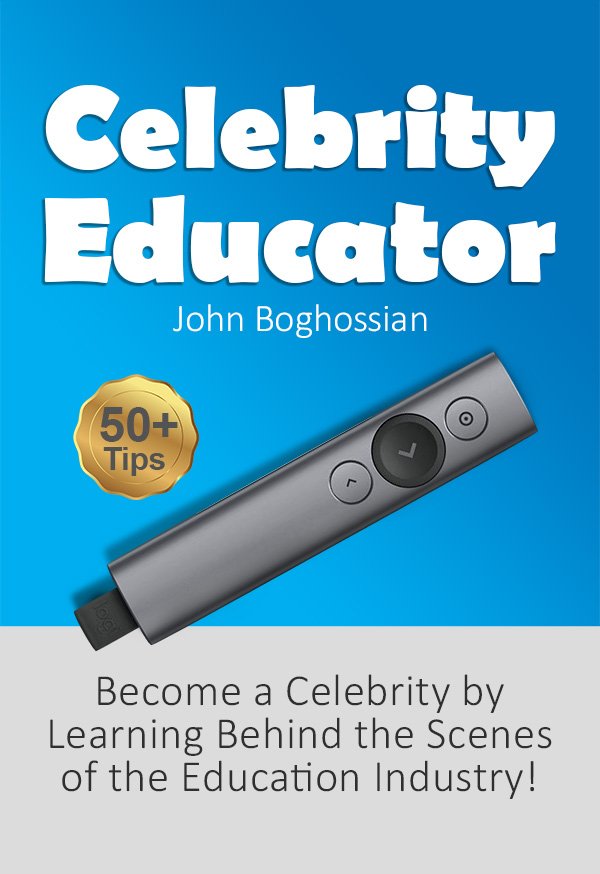Contents
You often wonder how to create content that resonates with your audience, and understanding the psychology of information consumption is key to achieving this. By exploring how people process, interpret, and engage with information, you can tailor your messaging to better align with their preferences and needs. This blog post will provide you with insights into the cognitive and emotional triggers that influence information consumption, helping you to create meaningful connections with your audience and enhance your content’s impact.
Key Takeaways:
- Understanding the preferences and behaviors of your audience can significantly enhance the effectiveness of information delivery.
- Different demographics may have varied responses to information formats, indicating the need for tailored approaches in content presentation.
- Engagement levels can be influenced by emotional connections and the relevance of the content, highlighting the importance of a listener-centric approach.
The Importance of Understanding Your Audience
Awareness of your audience is fundamental to delivering content that resonates and engages. Understanding their preferences, interests, and needs allows you to tailor your messaging effectively. When you grasp what drives your audience, you can create relevant content that captures attention and builds lasting connections.
Identifying Target Demographics
At the heart of effective communication lies the identification of your target demographics. By defining who your audience is—considering factors like age, gender, location, and occupation—you can better tailor your content to their specific preferences and needs. This foundational knowledge serves as a guide for crafting messages that truly resonate.
Analyzing Behavioral Patterns
With insights into your audience’s behavior, you can develop a deeper understanding of their content consumption habits. Analyzing how they engage with different platforms, the times they are most active, and what types of content they prefer enables you to create more impactful and timely messages.
Target audience analysis requires a close look at engagement metrics, social media interactions, and feedback forms. You should observe which topics generate the most interest, what formats are favored—such as videos, blogs, or podcasts—and even how long users typically stay on your pages. This data helps you anticipate future needs and refine your content strategy, ensuring your messaging stays relevant and engaging for your audience.
Cognitive Processing of Information
Some individuals process information passively, while others engage in more active and critical thinking. Understanding cognitive processing allows you to tailor your content in a way that aligns with various audience types. Whether your readers prefer succinct bullet points or in-depth analysis, recognizing these differences can enhance their understanding and engagement with your material.
The Role of Attention and Memory
To capture your audience’s attention, you must present information in a way that resonates with their existing knowledge and interests. By utilizing visual aids, storytelling techniques, or interactive elements, you can help your audience effectively encode and retain the information, making it more likely they will refer back to it in the future.
How Emotion Influences Consumption
Influences on your audience’s emotional state can significantly affect how they engage with information. Emotional responses can shape their attitudes toward your content and determine whether they will remember it. Content that evokes strong emotions—whether positive or negative—is often more memorable and shareable, enhancing your message’s reach and impact.
But the relationship between emotion and information consumption goes beyond mere memory. Emotions can motivate your audience’s decisions, driving them to take action or change their perceptions. By tapping into emotional triggers, you can create a powerful connection with your audience, leading to greater engagement and personal resonance with your content. Understanding this dynamic enables you to craft messages that not only inform but also inspire and motivate your readers.
The Impact of Social Influences
Despite the personal nature of how you consume information, social influences play a significant role in shaping your preferences. From peer discussions to trending topics, the behaviors and opinions of those around you can heavily impact what you choose to read, watch, or share. Delve deeper into The Psychology of Content Consumption to see how understanding these dynamics can enhance your content strategy.
Peer Pressure and Social Proof
Proof of the power of social influences is evident when you consider how often you turn to others for validation in your choices. When you see your peers engaging with certain content, it can create a sense of urgency to experience that same material. Whether it’s a trending video or an article shared on social media, the urge to conform can drive your consumption decisions.
The Role of Online Communities
Among the myriad forces influencing your information consumption, online communities stand out as powerful motivators. These platforms foster discussion, share experiences, and shape preferences, allowing you to feel connected and informed. Engaging with like-minded individuals can enhance your understanding of topics while also swaying your opinions based on collective insights.
Considering the meaningful connections formed within online communities, it becomes clear how they guide your information-gathering practices. You often find yourself influenced by the opinions and discussions of others, which can lead to new avenues of interest. Being aware of these dynamics can help you navigate the content landscape more effectively by aligning your strategy with the communal behaviors you observe.
Media Consumption Trends
Keep an eye on the changing landscape of media consumption as audiences increasingly gravitate toward personalized content. You must adapt your strategies to meet the demands of different demographic groups, taking into account their preferred platforms and styles of engagement. Understanding these trends will help you effectively connect with your audience and deliver valuable information that resonates with them.
Evolution of Information Channels
Evolution in the way information is consumed has transformed the media landscape significantly. As technology advances, you can witness the shift from traditional print media to a dynamic array of digital channels. This transition requires you to rethink how you present your content to ensure it aligns with the preferences and habits of your target audience.
The Rise of Digital Platforms
Platforms like social media, podcasts, and online streaming have changed the way you engage with information. They provide instant access to a vast reservoir of content, allowing you to curate your media experiences based on your interests. This shift emphasizes the importance of understanding how and where your audience prefers to receive information, so you can strategically position your content for maximum impact.
Considering the rapid adoption of digital platforms, you should focus on creating content tailored for these channels. Audiences are now searching for quick, easily digestible information. Engaging your audience requires you to utilize video, infographics, and interactive elements that resonate with their preferences. By doing so, you can enhance your reach and foster a more meaningful connection with your audience, ultimately driving engagement and loyalty in this digital age.
Tailoring Content for Maximum Engagement
Now that you understand your audience’s preferences, it’s time to tailor your content to maximize engagement. Personalization through language, visuals, and format can significantly enhance how your audience connects with your message. By aligning your content with their interests and needs, you can foster a deeper relationship and encourage more active participation.
Strategies for Content Creators
Strategies for effective content creation begin with thorough audience analysis. Utilize analytics tools to identify what resonates most with your audience, focusing on their preferences, behaviors, and feedback. Implementing interactive elements such as polls or quizzes can also encourage participation, making your content more engaging while allowing you to collect valuable insights in real-time.
Techniques for Effective Messaging
Content that speaks directly to your audience’s emotions and values significantly increases the chances of engagement. Use storytelling techniques to present your message compellingly, and employ clear calls to action that guide your readers on what to do next.
Understanding the needs and preferences of your audience allows you to craft messages that resonate on a personal level. Tailoring your tone, language, and storytelling elements creates a more intimate connection, making your content feel relevant and appealing. Incorporating visual aids and multimedia also caters to different learning styles, providing a richer experience that keeps your audience engaged and more likely to share your content.
Measuring Audience Engagement
Not all metrics reflect the true engagement of your audience. You might find yourself relying on surface-level data, overlooking deeper behavioral trends. To gain a comprehensive understanding, consider enhancing your approach by exploring Understanding The Psychology of Your Audience: A … this will provide valuable insights into the nuances of audience interaction.
Metrics and Analytics Tools
Against common belief, metrics and analytics tools are not just numbers; they’re the heartbeat of your audience insights. These tools enable you to track user behavior, engagement patterns, and conversion rates effectively. By analyzing this data, you can adjust your strategies and tailor your content to better meet your audience’s needs.
Qualitative vs. Quantitative Insights
Beside the analytical data, qualitative insights offer a richer narrative about your audience. While quantitative data provides hard numbers that can show you what is happening, qualitative insights uncover why it’s happening. Engaging directly with your audience through surveys, interviews, and feedback gives you a deeper understanding of their motivations and preferences.
Understanding the difference between qualitative and quantitative insights is vital for developing a holistic view of your audience. Quantitative data allows you to measure engagement through metrics like page views and click rates, while qualitative data reveals the emotions and thoughts behind those metrics. By combining both approaches, you gain actionable insights that can inform your content strategy, ensuring you address not only the “what” but also the “why” behind audience behavior.
Summing up
With these considerations, you can better understand your audience’s psychology and enhance your information consumption strategy. By recognizing their motivations, preferences, and cognitive biases, you can tailor your content to resonate more effectively. Engaging your audience on a personal level not only fosters a deeper connection but also increases information retention and encourages action. Keep your audience’s needs at the forefront, and you’ll create a more impactful and satisfying experience for them.








